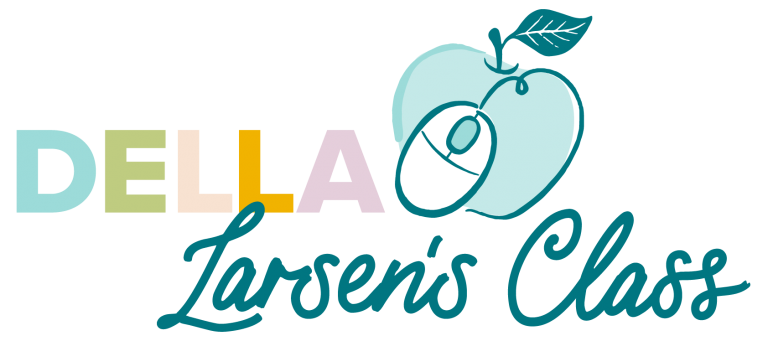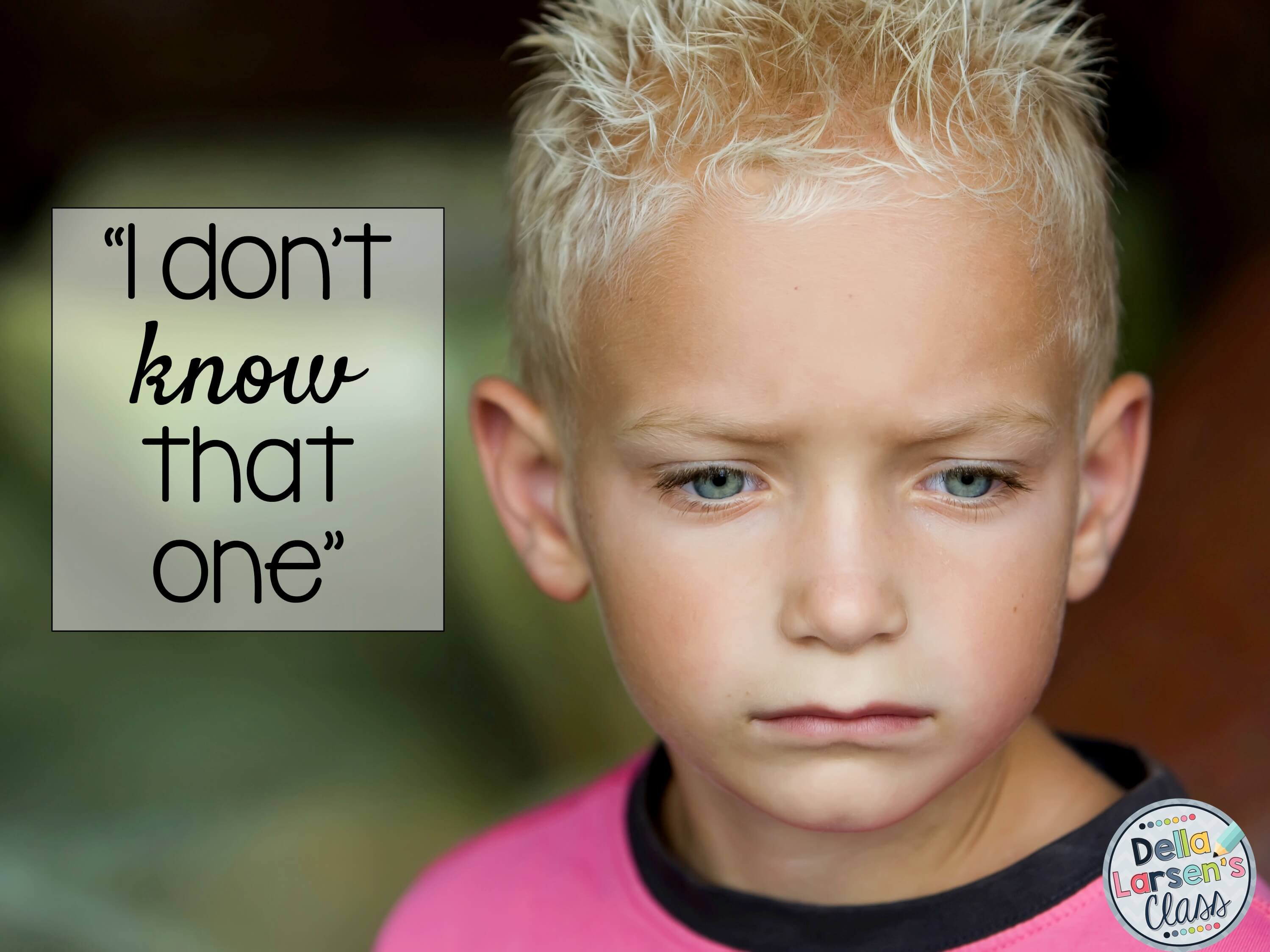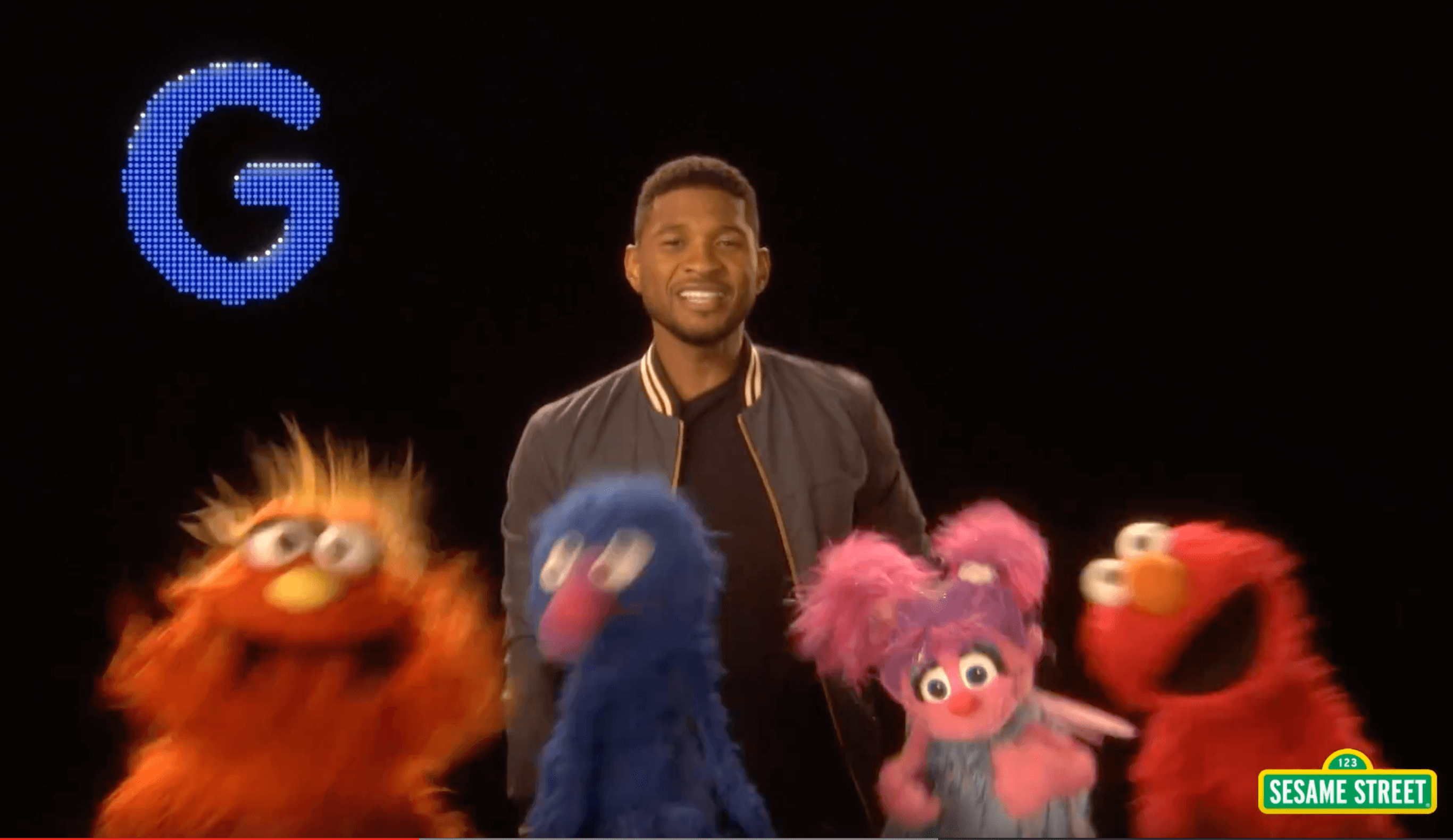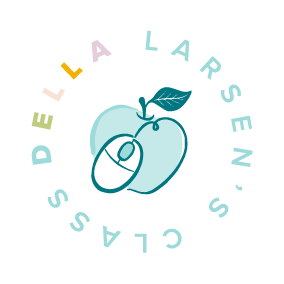How do we help teach the alphabet to students who are already behind their peers?
It’s the goal of kindergarten to teach our students to read. The very first step is learning the alphabet. Many students come to kindergarten already reading. Most of our students will know many letters. But what about the kids who don’t have any letter naming skills? How do we help teach the alphabet to students who are already behind their peers?
You may have some catching up to do.
Read read read. The students who come to us reading have had a rich experience with books. If our students haven’t had that experience we have some catching up to do. It starts with books. Read to them every chance you get. Exposing them to rich picture books that are engaging, and entertain, are the best. If your students are struggling with their letter names then read alphabet books. Here are some of my favorites alphabet books.
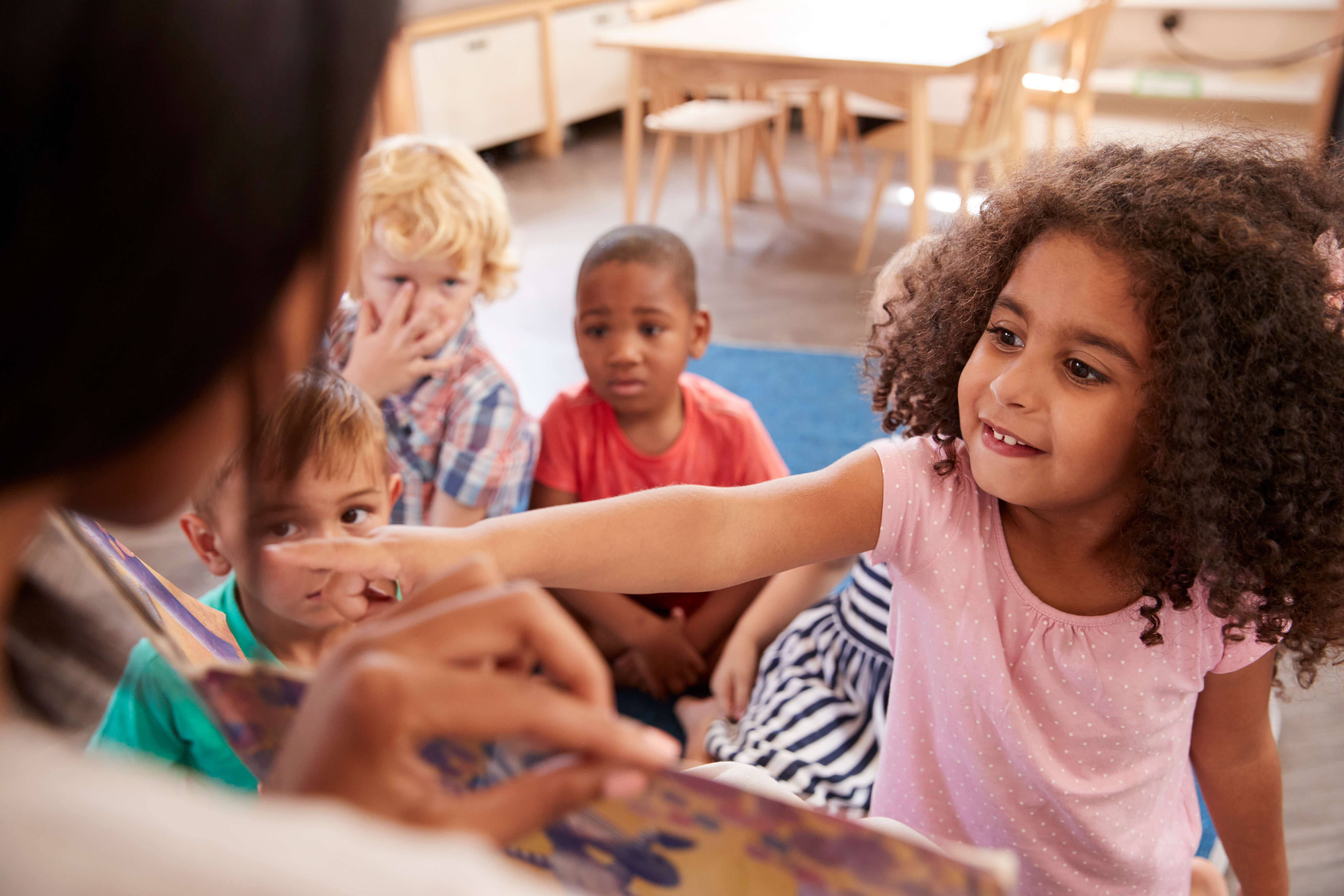
What’s your name?
Start with their name. Often the very first letter students learn is the first letter in their name. You can make name puzzles for each child. Use your pocket chart to sort names, count the letters in their name, really get them to notice the letters in their name and the names’ of their classmates.

Have a little fun!
Make it fun Music and movement make everything better. Add some fun alphabet songs to the mix. I love going to YouTube for fun music. Here is an all-time favorite Usher on sesame street.
Bring in the crowd
One of the most heart-breaking experiences for kindergarten teachers is watching a previously happy child start to notice they don’t know as much as their peers. It changes a child. It makes them feel “less than”. It’s painful to watch a child literally shrink in front of your eyes. Even 5 year-olds are savvy enough to notice that they don’t measure up to what their peers are doing. We have to differentiate to get those struggling to catch up. However, be prepared because children quickly notice that they cannot do what their friends can do.
They are going to notice they are not reading, that they simply don’t know as much as the child sitting next to them. If possible, every once in a while, have a whole class activity that is just letter naming. Boom Cards are perfect for this because you can put the deck up on the whiteboard and have the students come up one at a time to “play”. Make sure you give that struggling child a question they know so they can feel confident in front of their peers.
That four-letter word…..DATA
Track the data I know, I know, taking data is exhausting. But tracking their progress will make you feel better. It may not seem like they are progressing but when you see they have gone from knowing 4 letters to 9 letters you will feel like you are moving in the right direction. Not only do your kids need to feel some triumph – so do you.
Here are a data sheets that I use. Download here 
Make them LOVE it.
Make them want to work on letters One of the biggest obstacles we all face is trying to measure up to our peers. Whether we are 50 or 5 we all want to feel like we are not behind. If you have kids in your class who are struggling they will try to hide it. They may act out, be withdrawn, or literally simply refuse to work. They don’t want anyone to know they don’t measure up. Many students would rather be a behavior challenge that be a student who other kids think “isn’t smart”. Kids, even at 5, are aware of their “weakness”. School does a great job of pointing out what they don’t know and it can have devastating results. Look at your biggest behavioral challenges and chance are they are your lowest students. Your centers have to entertain. Make them colorful, make them engaging, make them hands-on.
So how do I do that? I have a solution!
No one, and I mean no one, wants to feel like they are less. In my search to be a more effective teacher, I have found Boom Cards. Boom Cards are the single greatest tool I have in my class to help my students learn the alphabet. Students work on Boom independently. When students are working on Boom one student doesn’t know what another student is doing. There is no greater way to make a child feel bad than sitting next to a student who excels when they don’t. However, when you put those 2 kids in front of a screen neither one knows how the other is doing. It’s a great equalizer.

Boom Cards offer direct instruction coupled with self-checking practice.
Boom Cards offer direct instruction in the form of video and sound files. Then they provide practice in self-checking task cards. Wait for it….Boom provides you with critical data so you can make decisions about what your next step should be. If your administrator is asking you how you check for learning at a center. You will have a clear cut answer. Boom will provide you with individual reports for kids. The data you receive will have rate and accuracy. The data can help you decide what your next steps should be.

There is one more critical step….relationships.
I always say, “it begins and ends with relationships”. We have heard the quote a million times “people will forget what you said, but they will remember how you made them feel”. Thank you Maya Angelou. Think back to your favorite teacher, why was she your favorite? It’s impossible for me to think of my kindergarten teacher Miss Fritz without smiling. She made me feel loved, smart, and cared for. I knew I was her favorite. I bet every child felt like her favorite. Make sure you reflect for a moment and think about how your students think YOU feel about THEM. It’s easy to love having zoomers in your class. The kids who make you look good. Confident learners are the ones you call on when you are being observed. The ones that make you feel like an effective teacher.
However, it’s the low kids that need us most. The ones who struggle. This is your moment to shine. Bring a student who knows zero letters to being able to identify 16 and you will feel like a super-hero. Get them to know all 26 and begin to read and you’ll remember why you went into teaching in the first place. You can do this, and more importantly so can your kids.
Here is the Boom Deck I use for my struggling students.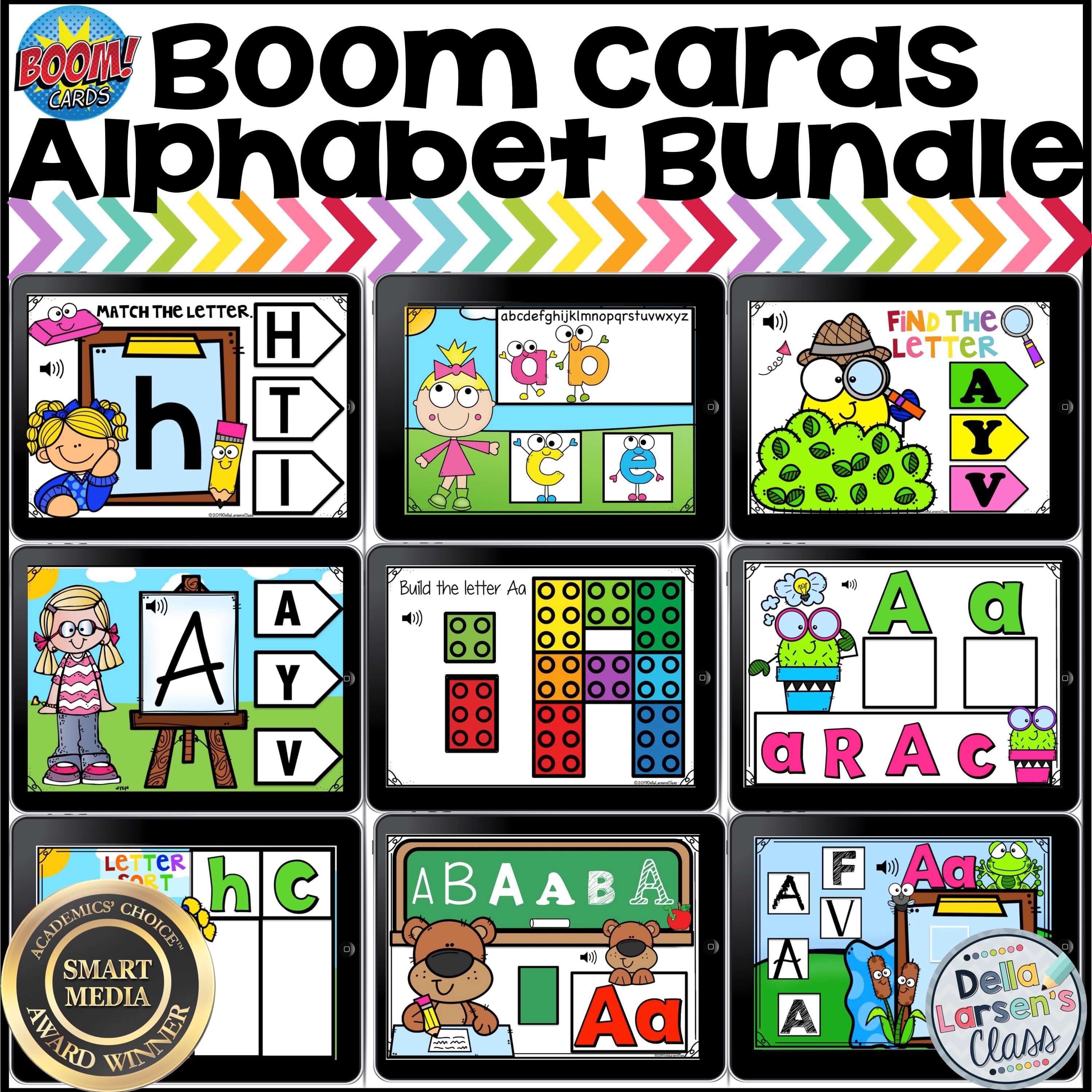
Need to learn how to use Boom in your class? Join the free master class
